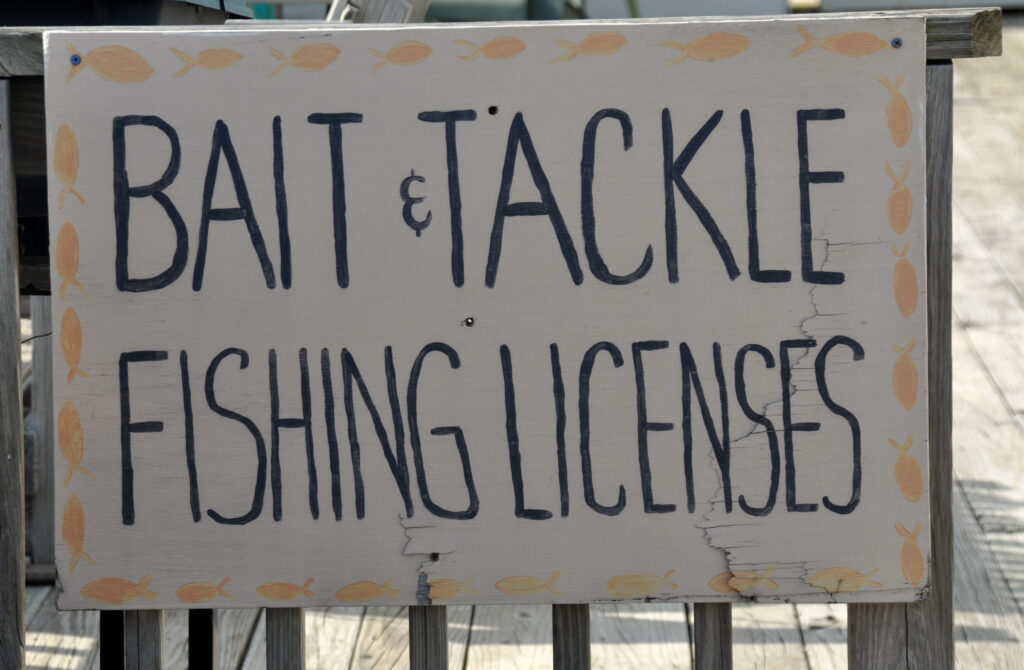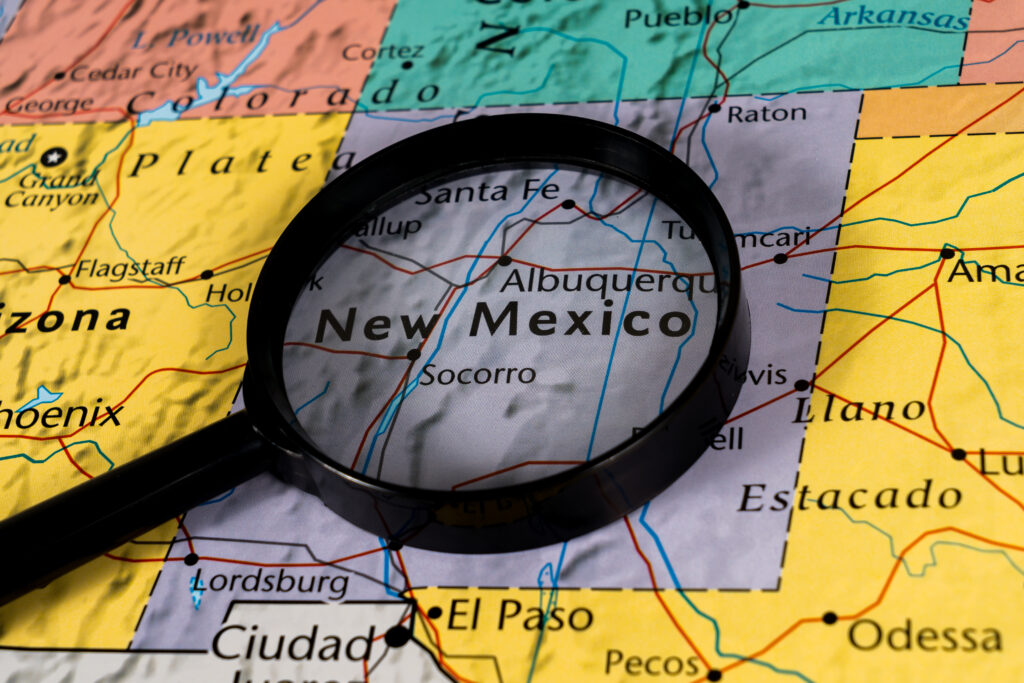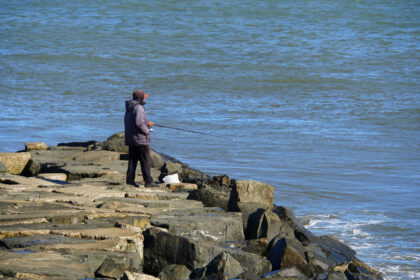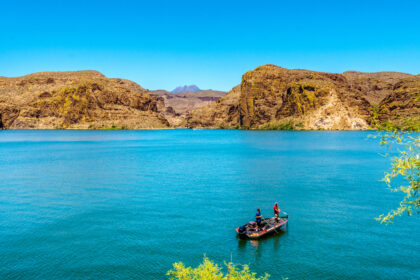Fishing License in New Mexico 2024
To get a fishing license in New Mexico, you can visit the New Mexico Department of Game and Fish website or any authorized license vendor. The process typically involves filling out an application form with your personal information, including your name, address, and date of birth. You’ll also need to specify the type of fishing license you require, such as a resident or non-resident license, and whether you want a day pass or an annual permit. Additionally, you may need to provide proof of residency or identification if you’re a non-resident. Once you’ve completed the application and paid the necessary fees, you’ll receive your fishing license, allowing you to enjoy fishing in New Mexico’s beautiful waters. Be sure to check the 2024 New Mexico Fishing Rules & Info booklet for the most up-to-date fishing regulations, size and creel limits.
|
2024 |
Annual* |
Habitat Management & Access Validation HMAV** |
Habitat Stamp*** |
Gila Trout Permit |
|
Resident |
$25.00 |
$4.00 |
$10.00 |
FREE |
|
Non-Resident |
$56.00 |
$4.00 |
$10.00 |
FREE |
*Licenses are valid April 1 through March 31 of the following year.
**Will automatically be added with first purchase of fishing or hunting license each year.
***To fish on U.S. Forest Service and Bureau of Land Management lands in New Mexico.

Your Complete Guide to Getting a Fishing License in New Mexico
Welcome to the land of enchantment, where the waters are as diverse as the landscape itself. New Mexico boasts a wealth of fishing opportunities, from its serene mountain streams to its vast desert lakes. But before you cast your line into these enticing waters, it’s crucial to understand the licensing requirements and regulations that govern angling in the Land of Enchantment.
Understanding Licenses, Stamps, and Validations
Who Needs a License?
If you’re 12 years or older and eager to reel in the big one, you’ll need a valid New Mexico Fishing License or Game-hunting & Fishing License. These licenses are valid from April 1 through March 31 of the following year. However, if you’re fishing on tribal reservations or Class-A lakes, you’re exempt from this requirement.
Exceptions to the Rule
Young anglers aged 11 and under can fish without a license, and there are special provisions for juniors (12–17 years old) and seniors (65–69 years old). Moreover, New Mexico residents aged 70 and above can obtain a free fishing license online, by phone, or at designated vendors. Additionally, 100%-disabled resident veterans qualify for complimentary licenses.
Access Validation and Habitat Stamp
Alongside your fishing license, anglers aged 18 and older must purchase a Habitat Management & Access Validation (HMAV) annually. This validation contributes to conservation efforts and ensures access to designated areas. Furthermore, if you’re fishing on U.S. Forest Service or BLM lands, you’ll need to acquire a Habitat Stamp, which supports habitat enhancement projects.
Additional Permits
Certain waterways, such as those inhabited by Gila Trout, require specific permits. However, these permits are usually free and can be obtained easily online or at authorized vendors. Be sure to check if your fishing destination requires any additional permits to avoid any surprises.
Residency Requirements and Military Benefits
Residency in New Mexico comes with its perks, including resident fees for licenses. Whether you’re a permanent resident, a student, or a member of the armed forces stationed within the state, you may be eligible for resident rates. Moreover, active duty military personnel and veterans enjoy significant discounts on licenses, permits, and stamps.
Ensuring Compliance and Responsibility
License Refunds and Transfers
Once purchased, New Mexico fishing licenses are nontransferable and nonrefundable. Therefore, it’s essential to plan accordingly and ensure you obtain the correct licenses for your angling adventures.

Final Thoughts
As you prepare for your New Mexico fishing excursion, remember that responsible angling is key to preserving the beauty and diversity of our aquatic ecosystems. By obtaining the necessary licenses, stamps, and permits, and adhering to regulations, you not only ensure compliance but also contribute to the conservation efforts that sustain our natural resources for generations to come.
So, grab your gear, pack your tackle box, and embark on an unforgettable fishing journey through the enchanting waters of New Mexico. Whether you’re angling for trout in mountain streams or casting for bass in desert lakes, the Land of Enchantment promises an experience like no other for anglers of all ages and skill levels. Happy fishing!




